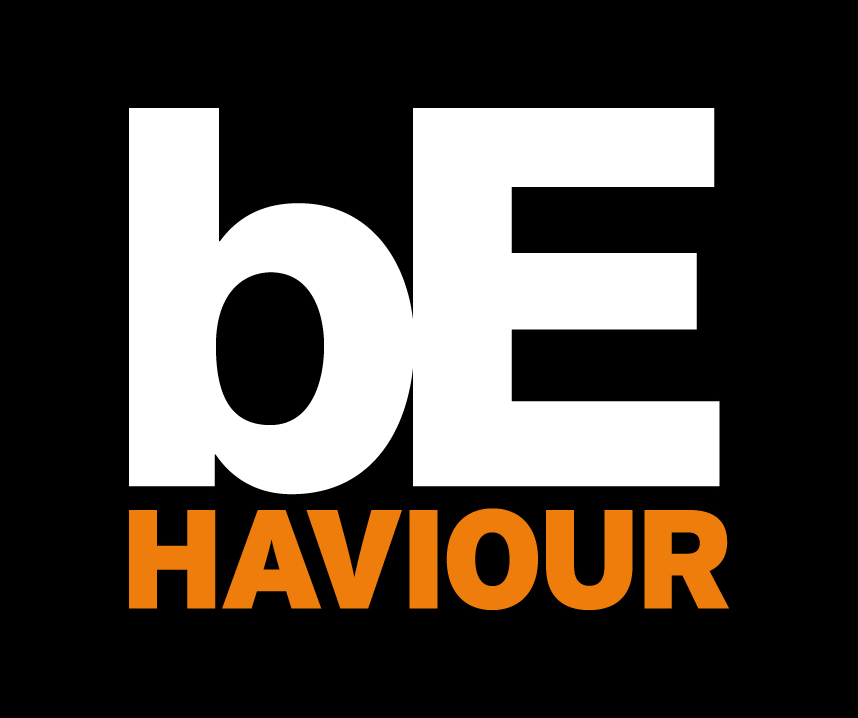Behaveour
Evidence suggests that the explicit teaching of learning behaviors can support behavior through a positive general climate for learning. Learning behaviors are those which support learning and promote engagement through self-regulation. This is directly correlated with behavior, as pupils who are engaged with their learning. Ellis and Tod’s review of the literature in this area has led to the creation of a model which suggests that three pupil relationships impact on each other; relationships with themselves, with others, and with the curriculum. Learning behaviors fall within the remit of the school’s influence (and the individual teacher) and perhaps warrants more attention. A single learning behavior can be placed at the center of Ellis and Tod’s model. This behavior is influenced by three relationships. For example, if ‘resilience’ was put in the model, the emotions could be identified, but so could the social and cognitive factors. Considering these, a teacher could consider:
- Relationship with self – talking to the pupil about when they have given up and challenging them to persevere next time.
- Relationship with the curriculum – ensure the pupil has appropriate work which is not too hard, but still challenging and rewarding when they stuck with it.
- Relationship with others – set a classroom culture where pupils are proud of sticking with things and not afraid to make mistakes.
Other learning behaviors to consider include self-worth, pupil relationship with peers and teachers, collaborative learning, growth mindset, communication.
Carol Dweck’s work on ‘growth mindset’ is well known – the theory that intelligence is not a fixed factor but instead can be increased through effort. This is backed up by extensive evidence in the area of feedback, including the recommendation that feedback is provided about the task, and not on the person. Intrinsic motivation approaches are very well established, but extremely difficult to embed in schools. The practice has to be embedded in all practices, not placed superficially into assemblies or posters. It has to be present in all aspects of feedback and conversations with pupils.
- Relationship with self – talking to the pupil about when they have given up and challenging them to persevere next time.
- Relationship with the curriculum – ensure the pupil has appropriate work which is not too hard, but still challenging and rewarding when they stuck with it.
- Relationship with others – set a classroom culture where pupils are proud of sticking with things and not afraid to make mistakes.
Other learning behaviors to consider include self-worth, pupil relationship with peers and teachers, collaborative learning, growth mindset, communication.
Carol Dweck’s work on ‘growth mindset’ is well known – the theory that intelligence is not a fixed factor but instead can be increased through effort. This is backed up by extensive evidence in the area of feedback, including the recommendation that feedback is provided about the task, and not on the person. Intrinsic motivation approaches are very well established, but extremely difficult to embed in schools. The practice has to be embedded in all practices, not placed superficially into assemblies or posters. It has to be present in all aspects of feedback and conversations with pupils.


Comments
Post a Comment